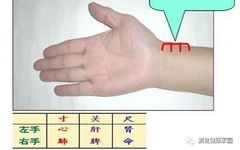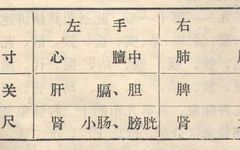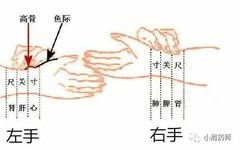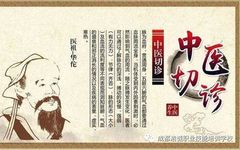Pulse Diagnosis Methods in Traditional Chinese Medicine
Pulse diagnosis is a method of examining the pulse at the wrist (cun kou) to observe changes in the pulse pattern. Clinically, it is essential to master the timing of pulse diagnosis, the patient’s position, the physician’s finger techniques, and the pressure applied. Each pulse examination should last until each side’s pulse beats at least … Read more





